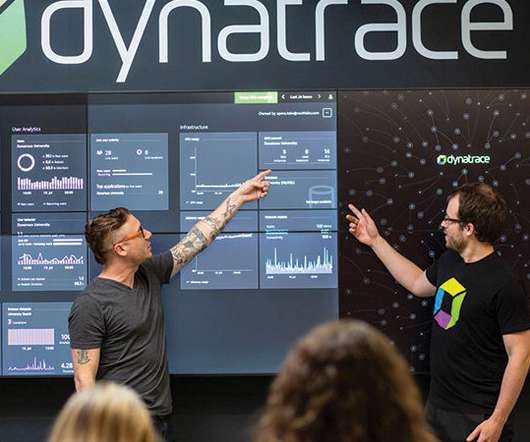What is serverless computing? Driving efficiency without sacrificing observability
Dynatrace
JANUARY 26, 2021
The phrase “serverless computing” appears contradictory at first, but for years now, successful companies have understood the benefit of using serverless technologies to streamline operations and reduce costs. So what exactly does “serverless” mean, and how can your organization benefit from it?




















Let's personalize your content